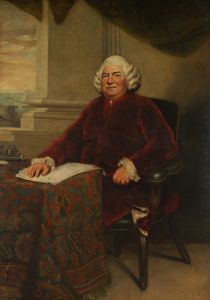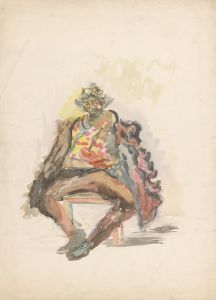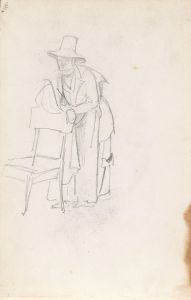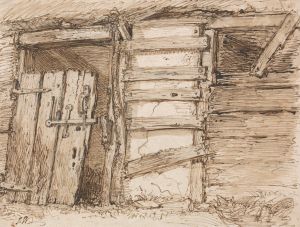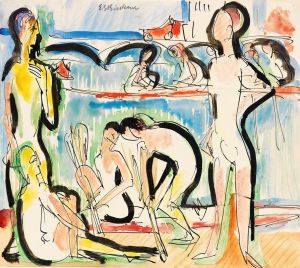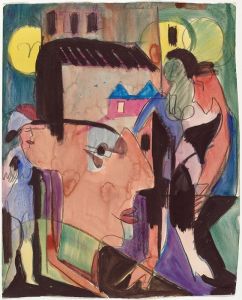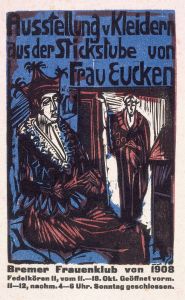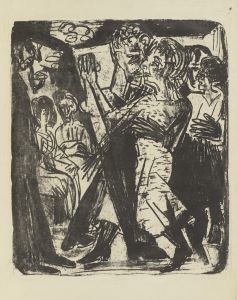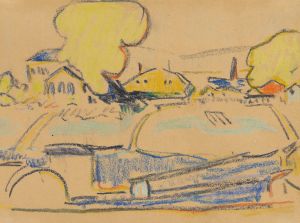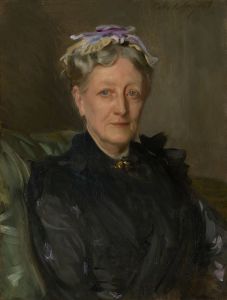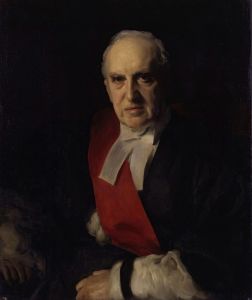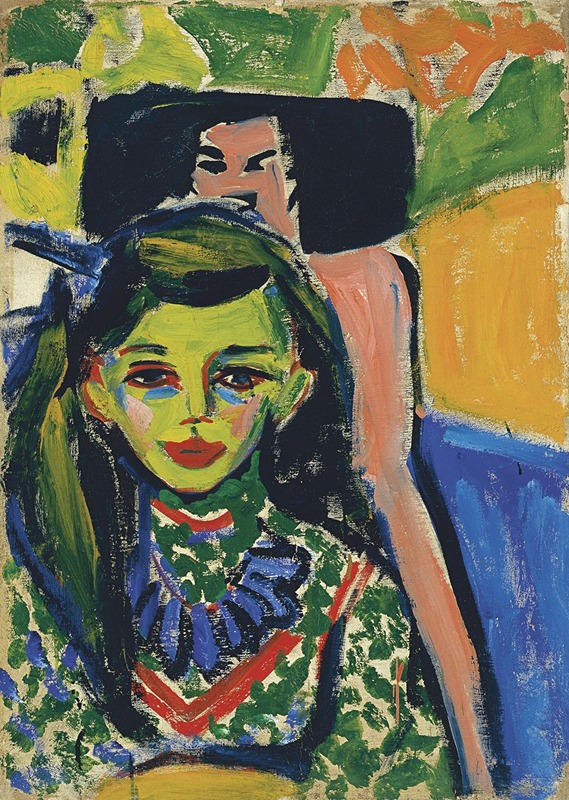
Fränzi in front of carved chair
A hand-painted replica of Ernst Ludwig Kirchner’s masterpiece Fränzi in front of carved chair, meticulously crafted by professional artists to capture the true essence of the original. Each piece is created with museum-quality canvas and rare mineral pigments, carefully painted by experienced artists with delicate brushstrokes and rich, layered colors to perfectly recreate the texture of the original artwork. Unlike machine-printed reproductions, this hand-painted version brings the painting to life, infused with the artist’s emotions and skill in every stroke. Whether for personal collection or home decoration, it instantly elevates the artistic atmosphere of any space.
Ernst Ludwig Kirchner was a prominent German expressionist painter and one of the founding members of the artist group Die Brücke (The Bridge), which played a crucial role in the development of modern art in the early 20th century. His work is characterized by bold colors, dynamic compositions, and a focus on the human figure, often exploring themes of modernity and the human experience.
"Fränzi in front of Carved Chair" is one of Kirchner's notable works, painted in 1910. This painting is part of a series of works featuring a young girl named Fränzi Fehrmann, who was a frequent model for the Die Brücke artists. Fränzi, along with her sister, was often depicted in various poses and settings, embodying the group's interest in capturing raw, unfiltered human emotion and the essence of youth.
The painting depicts Fränzi seated in front of an ornately carved chair, a recurring motif in Kirchner's work that adds a layer of complexity and texture to the composition. The chair's intricate design contrasts with the simplicity and directness of Fränzi's form, highlighting Kirchner's skill in balancing different elements within a single piece. The use of bold, non-naturalistic colors is a hallmark of Kirchner's style, reflecting the influence of Fauvism and the artist's desire to convey emotional depth rather than realistic representation.
Kirchner's technique in this painting involves loose, expressive brushwork, which contributes to the dynamic energy of the piece. The background is often abstracted, focusing the viewer's attention on the figure of Fränzi and the interplay of colors and forms. This approach is typical of Kirchner's work during this period, as he sought to break away from traditional artistic conventions and explore new ways of seeing and representing the world.
The choice of Fränzi as a subject is significant, as it reflects the Die Brücke artists' fascination with youth and innocence, as well as their interest in the bohemian lifestyle and the rejection of bourgeois norms. Fränzi's presence in Kirchner's work is emblematic of the group's desire to return to a more primitive, unmediated form of expression, free from the constraints of academic art.
"Fränzi in front of Carved Chair" is housed in the Moderna Museet in Stockholm, Sweden. The painting is an important example of Kirchner's contribution to the expressionist movement and his ability to capture the spirit of his time through innovative artistic techniques. It stands as a testament to his enduring influence on modern art and his role in shaping the trajectory of 20th-century painting.
Kirchner's work, including this painting, was later affected by the political climate in Germany. During the Nazi regime, his art was labeled as "degenerate," and many of his works were confiscated. Despite these challenges, Kirchner's legacy continued to grow posthumously, and he is now recognized as a pivotal figure in the history of modern art. "Fränzi in front of Carved Chair" remains a celebrated piece, illustrating the power of expressionism to convey complex human emotions and the artist's unique vision.






